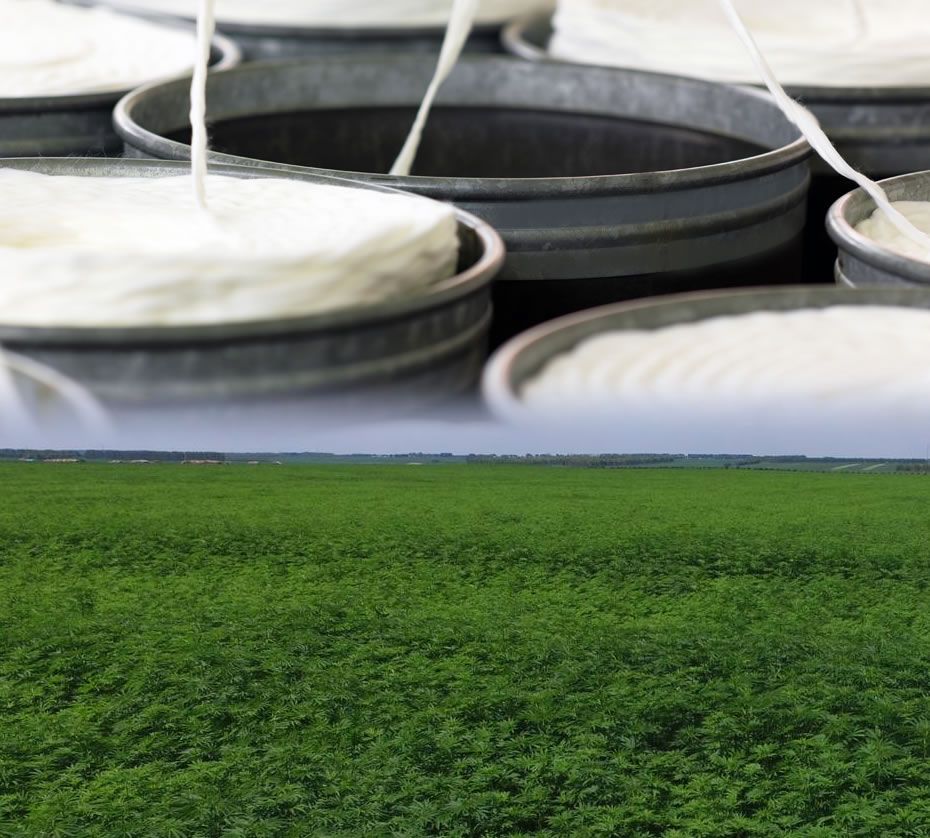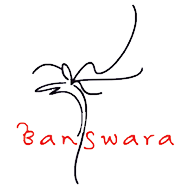Fiber and Hemp Yarn Production and Yarn Export in the Turkish Textile Industry

OTHER ARTICLES
- Advantages and Usage Areas of Culvitation of Hemp
- The Place of Hemp in Yarn and Textile Industry
- The Place of Hemp in Yarn and Textile Industry
- What is Linen and Linen Production in Turkey
- Sustainability in The Textile Industry
- Tthe Global Effect of The Pandemic and Tthe Evaluation of The Textile Sector
- Naturel Fibers and Organic Yarn Production
- Hemp Production in Turkey, A Historical Brief and Global Hemp Market
- European Flax Certificate
- Search for Sustainable Production in Textile Raw Material and the Hemp Yarn
- Linen and Hemp's Simila and Different Aspects
- Hemp Fiber and Fabric Production
- Ecological Hemp Production
- Sustainability Studies in the Textile Industry - 2021
- What is Needed for Sustainability in the Textile Industry ?
- Organic Yarn Demand Increases As Textile Raw Material Crisis Escalates
- 2021 Data and 2022 Expectations for Ready-made Clothing Industry and Textile Raw Materials
- Fiber and Hemp Yarn Production and Yarn Export in the Turkish Textile Industry
Yarn is the most exported product of the textile and raw materials sector, after woven fabrics and the most important product of the sector. The share of exports of textiles and raw materials in our total exports is around 5%. According to the volume size of the product groups in textile exports, the export figures for the first 4 months of 2019 and 2020 were as follows.
|
Unit 1.000.000 US$ |
2019 |
2020 |
|
Woven fabrics |
801.31 |
588,07 |
|
Yarn |
634,63 |
485,88 |
|
Knitted Fabric |
512,36 |
396,56 |
|
Technical textiles included in the textile industry |
505,12 |
505,46 |
|
Home textiles included in the textile industry |
487,44 |
409,49 |
|
Fiber |
231,21 |
212,04 |
|
Special yarn and fabric |
198,66 |
155,89 |
|
home textile fabrics |
137,78 |
105,60 |
In the table, it can be seen that the Covid-19 pandemic has affected the 2020 figures, especially when the annual total figures are taken into account.
While yarn exports over 1.5 billion dollars were realized in 2020, the highest sales were made to England with a share of 12.5%. It is followed by the Netherlands and Italy. While 65% of yarn exports consist of artificial-synthetic yarns, 35% consists of cotton, wool, silk, hemp and other yarns. Currently, 60% of the yarn need in the world is met with synthetic yarns. China alone is responsible for most of this. With its giant production facilities, China has considerably reduced synthetic yarn production costs and dominated the world market. However, it is predicted that natural production will increase again with the pandemic. It is important to increase cotton yarn production, increase cotton cultivation areas, and support cotton farmers by taking into account the demand that will arise.
It is accepted that the importance of vegetable fibers, which still have a very low share in yarn and fiber production from textile raw materials, will increase very rapidly with the increase in demand for natural products.
The situation in hemp production, which is one of the vegetable fiber sources:
Hemp, which was banned for a period in our country and then allowed to be grown in a controlled manner, is actually a very industrial plant, all researches reveal that hemp is very strategic in terms of productivity. (You can check our article on hemp.) While the hemp area planted for seeds and fiber in Turkey in 2005 was 130 hectares, it decreased to 1 hectare in 2014. Hemp in Turkey came to the fore again at the "Local Administrations Symposium in the Presidential Government System" held in 2019, and the "Report and Action Plan on Industrial Hemp Cultivation in Turkey" was prepared. Within the scope of this plan, seed production areas increased from 5.9 hectares in 2018 to 53.6 hectares in 2019, and hemp fiber areas increased from 5.5 hectares to 16 hectares. As can be seen from the table below, although the 348% increase in vegetable fiber production is remarkable, this rapid growth is expected to continue for a while.

You can check the varieties of linen, hemp, viscose polyester and tencel yarns we stock and service on our product page, and contact us for your needs.








Filofibra Pazarlama A.Ş.
FILOFIBRA Pazarlama A.Ş. has been providing service to Turkish Textile market in the sale of fiber, yarn and fabric in Istanbul since 1986.
Address
-
Filofibra Pazarlama A.Ş
-
Levent Cad. Sülün Sok. No: 34 1. Levent, Istanbul
-
Tel : +90 212 283 3860/ 9 Hat
-
Fax : +90 212 283 3859
-
Email - This email address is being protected from spambots. You need JavaScript enabled to view it.
Address Abroad
-
Filofibra SA
-
Riva Caccia 1 / A Central Park Bldg. 6900 Lugano / Switzerland
-
Tel - +41 91 985 78 11
-
Fax - +41 91 985 78 08 - 09 - 10
-
Email - This email address is being protected from spambots. You need JavaScript enabled to view it.

